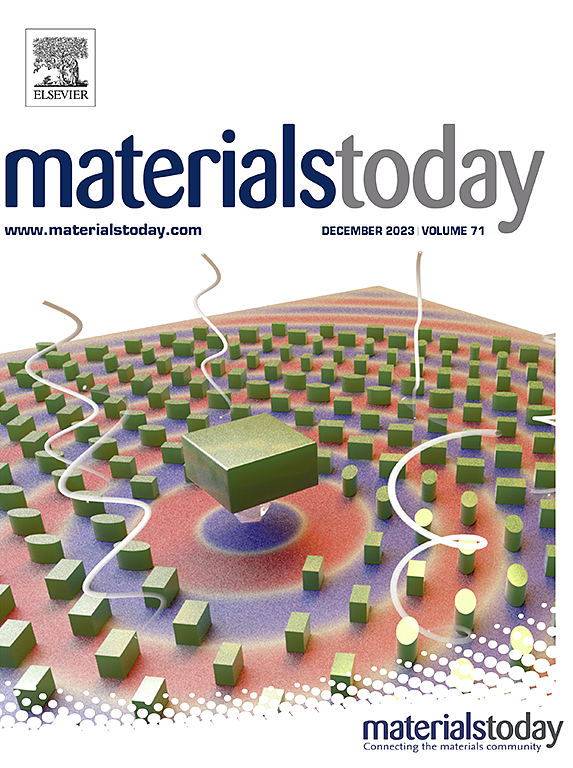Crystal engineering strategies for advanced electrocatalysts in lithium-sulfur batteries
IF 22
1区 材料科学
Q1 MATERIALS SCIENCE, MULTIDISCIPLINARY
引用次数: 0
Abstract
Lithium-sulfur batteries (LSBs) have captured considerable interest from both academia and industry due to their exceptional energy density. Nevertheless, the inherent sluggish redox kinetics of sulfur species and the shuttle effect instigated by lithium polysulfides (LiPSs) have impeded the progress of LSBs, severely compromising their overall performance. The application of catalytic materials is deemed a promising approach to enhance these kinetics. In recent years, the manipulation of the crystal lattice of catalysts has been demonstrated to enhance their catalytic performance. Given the lack of comprehensive overviews on the development of this strategy and the concomitant performance optimization techniques, we propose a crystal engineering strategy for electrocatalysts in lithium-sulfur batteries and review the relevant research progress. The crystal engineering strategy we proposed for electrocatalysts in lithium-sulfur batteries comprises the following four aspects: (1) Phase transition: alterations in atomic configurations; (2) Crystalline and amorphous states: disorder of atomic arrangements; (3) Lattice distortion: optimization of lattice parameters; (4) Preferential crystal facet exposure: variations among crystal faces. Finally, we discuss the challenges and obstacles encountered in implementing this strategy. This review aims to guide future research efforts toward optimizing LSBs performance through advanced crystal engineering techniques.

锂硫电池中先进电催化剂的晶体工程策略
锂硫电池(LSBs)由于其特殊的能量密度而引起了学术界和工业界的极大兴趣。然而,硫种固有的缓慢氧化还原动力学和锂多硫化物(LiPSs)引发的穿梭效应阻碍了lsb的进展,严重影响了它们的整体性能。催化材料的应用被认为是提高这些动力学的一个有前途的方法。近年来,对催化剂晶格的操纵已被证明可以提高催化剂的催化性能。鉴于缺乏对该策略的发展和伴随的性能优化技术的全面概述,我们提出了锂硫电池电催化剂的晶体工程策略,并回顾了相关的研究进展。我们提出的锂硫电池电催化剂晶体工程策略包括以下四个方面:(1)相变:原子构型的改变;(2)晶态和非晶态:原子排列无序;(3)点阵畸变:点阵参数的优化;(4)优先晶面暴露:晶面间的差异。最后,我们讨论了在实施这一战略时遇到的挑战和障碍。这篇综述旨在指导未来的研究工作,通过先进的晶体工程技术来优化lsdb的性能。
本文章由计算机程序翻译,如有差异,请以英文原文为准。
求助全文
约1分钟内获得全文
求助全文
来源期刊

Materials Today
工程技术-材料科学:综合
CiteScore
36.30
自引率
1.20%
发文量
237
审稿时长
23 days
期刊介绍:
Materials Today is the leading journal in the Materials Today family, focusing on the latest and most impactful work in the materials science community. With a reputation for excellence in news and reviews, the journal has now expanded its coverage to include original research and aims to be at the forefront of the field.
We welcome comprehensive articles, short communications, and review articles from established leaders in the rapidly evolving fields of materials science and related disciplines. We strive to provide authors with rigorous peer review, fast publication, and maximum exposure for their work. While we only accept the most significant manuscripts, our speedy evaluation process ensures that there are no unnecessary publication delays.
 求助内容:
求助内容: 应助结果提醒方式:
应助结果提醒方式:


